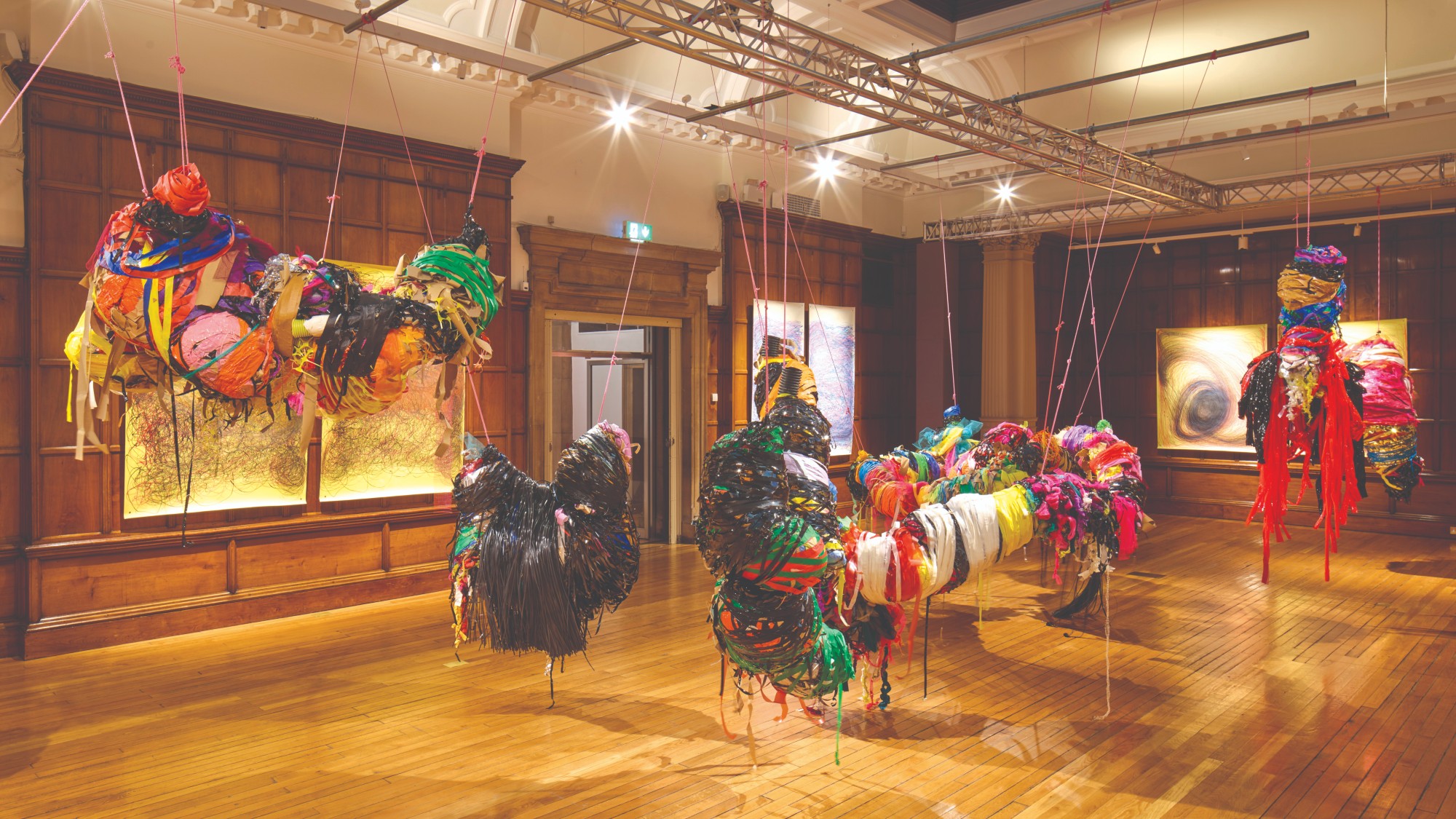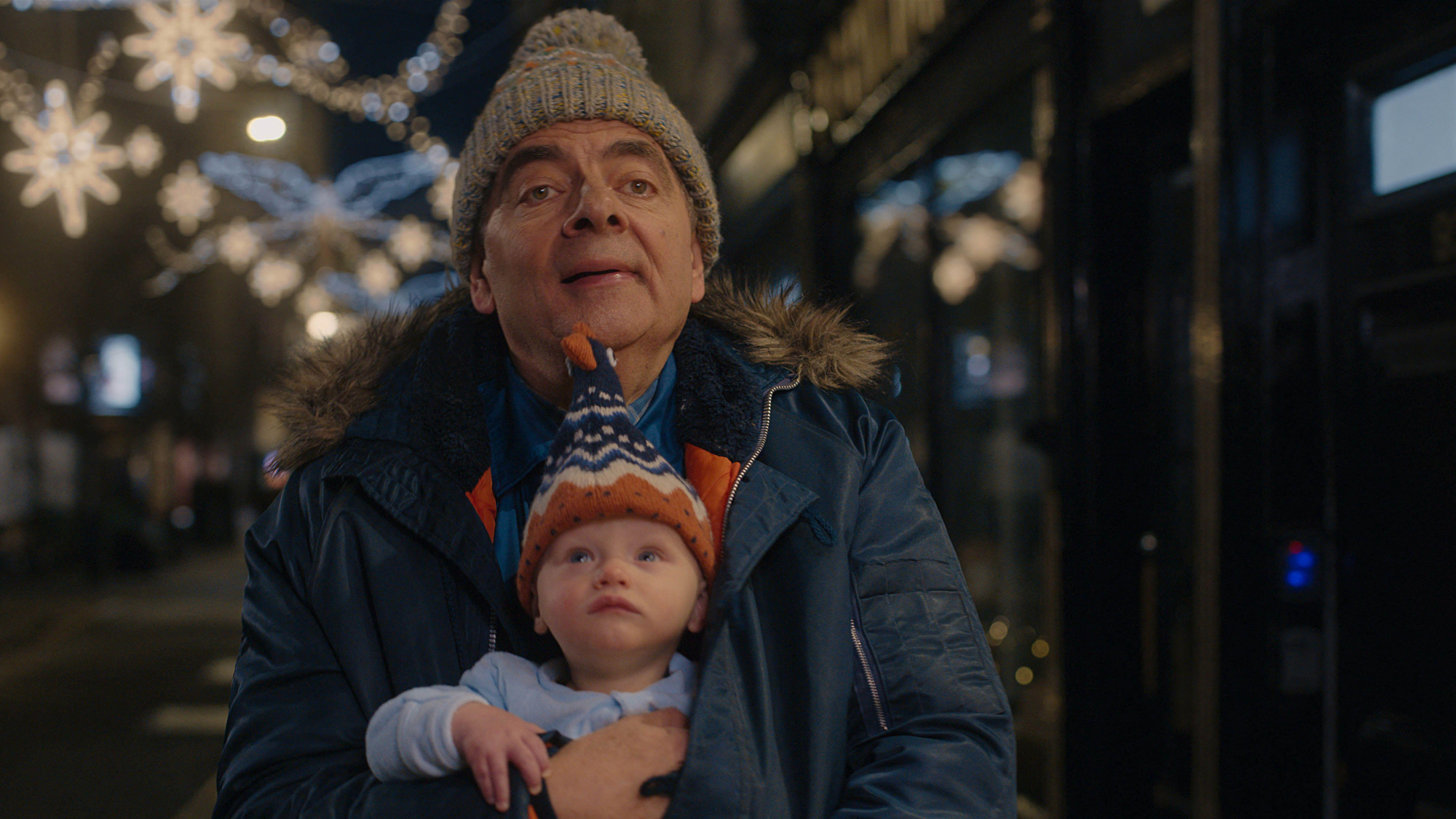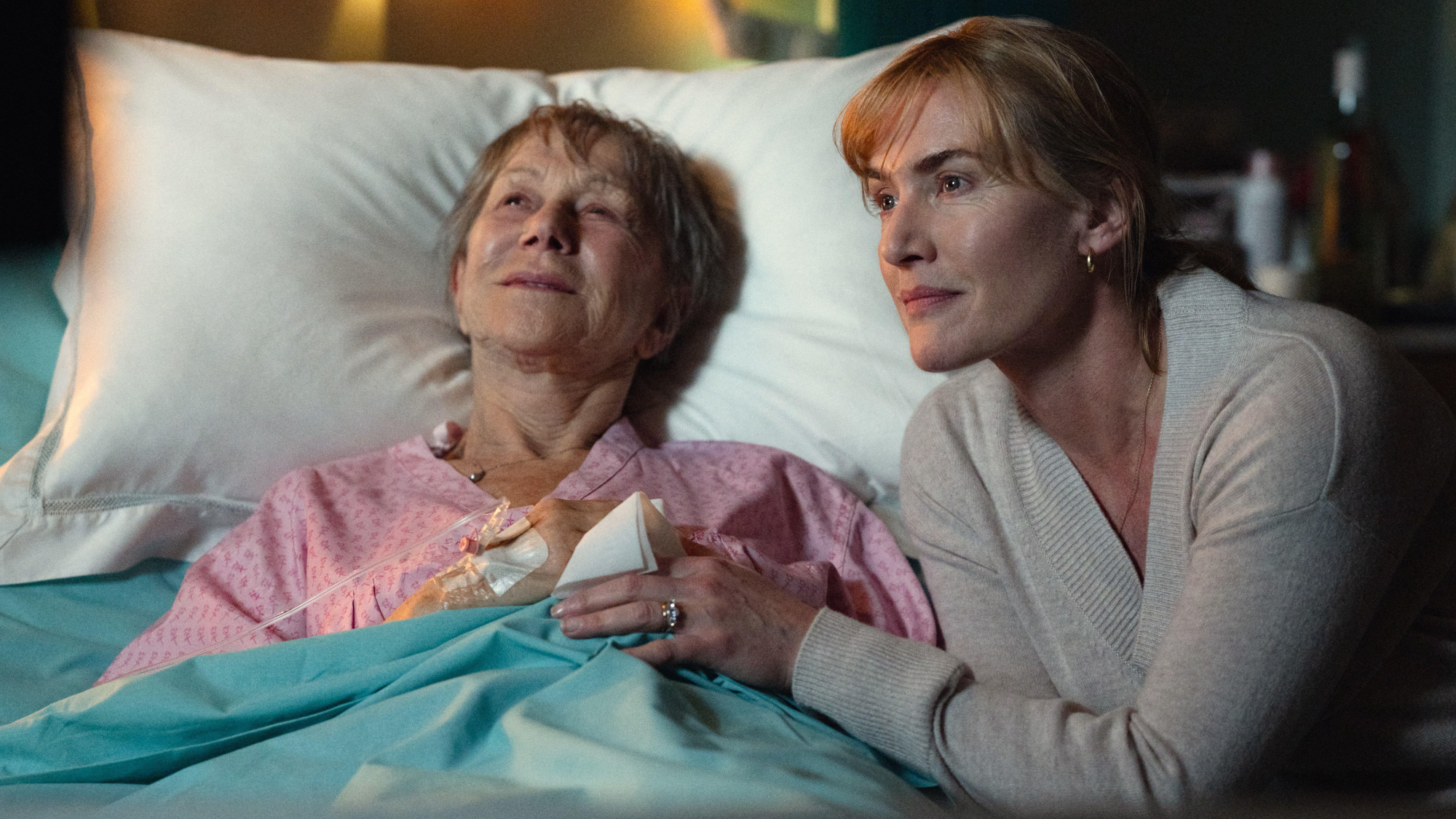Hugo
Martin Scorsese's first family film uses 3-D imagery to bring alive the adventures of a young orphan in 1930s Paris.
Directed by Martin Scorsese
(PG)
***
The Week
Escape your echo chamber. Get the facts behind the news, plus analysis from multiple perspectives.

Sign up for The Week's Free Newsletters
From our morning news briefing to a weekly Good News Newsletter, get the best of The Week delivered directly to your inbox.
From our morning news briefing to a weekly Good News Newsletter, get the best of The Week delivered directly to your inbox.
In his first foray into family films, Martin Scorsese has created “a wondrous blend of fantasy and mystery,” said Claudia Puig in USA Today. Using 3-D imagery, the director also puts to “best use” a technology that’s “too often employed but rarely used well.” The story is set in 1930s Paris, where a young orphan named Hugo (Asa Butterfield) lives in a train station while trying to solve a mystery involving his late father. Scorsese throws in too many pursuit scenes between Hugo and a station inspector (Sacha Baron Cohen) who’s intent on sending the boy to an orphanage, said Todd McCarthy in The Hollywood Reporter. These interludes might engage younger audiences, but they also feel as if they’ve been “padded to give more screen time to Cohen.” Scorsese wisely “shoots from the children’s view as often as possible,” though, causing the 3-D to play as “an enlargement of everyday life,” said David Denby in The New Yorker. Grown-ups “are as threatening as the Roman legions,” and small spaces appear enormous, adding to a sense of childhood wonderment that lifts the entire film.
A free daily email with the biggest news stories of the day – and the best features from TheWeek.com
-
 Turner Prize 2025: ‘artistic excellence’ or ‘cultural nonsense’?
Turner Prize 2025: ‘artistic excellence’ or ‘cultural nonsense’?Talking Point Work by the four artists nominated for this year’s award is on display at Bradford’s Cartwright Hall
-
 Man vs Baby: Rowan Atkinson stars in an accidental adoption comedy
Man vs Baby: Rowan Atkinson stars in an accidental adoption comedyTalking Point Sequel to Man vs Bee is ‘nauseatingly schmaltzy’
-
 Goodbye June: Kate Winslet’s directorial debut feels like a ‘John Lewis Christmas TV ad’
Goodbye June: Kate Winslet’s directorial debut feels like a ‘John Lewis Christmas TV ad’Talking Point Helen Mirren stars as the terminally ill English matriarch in this sentimental festive heartwarmer